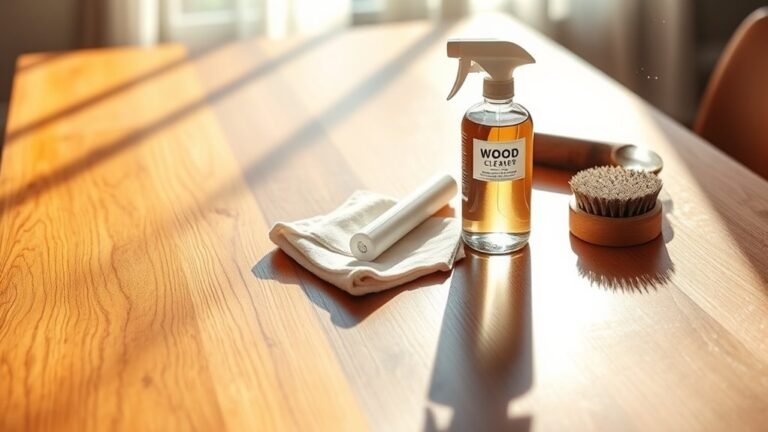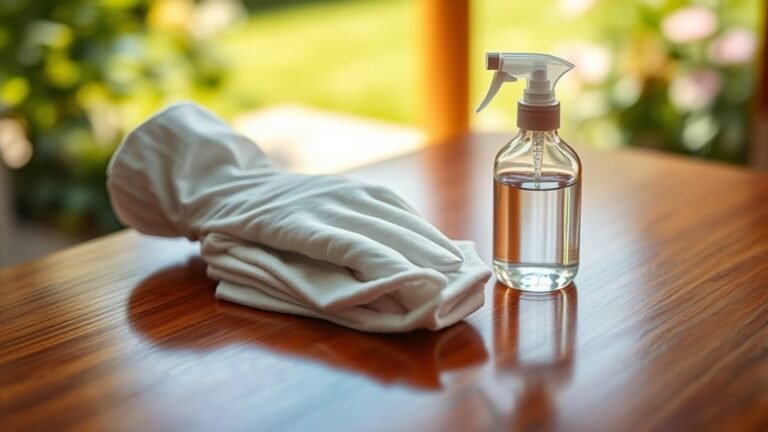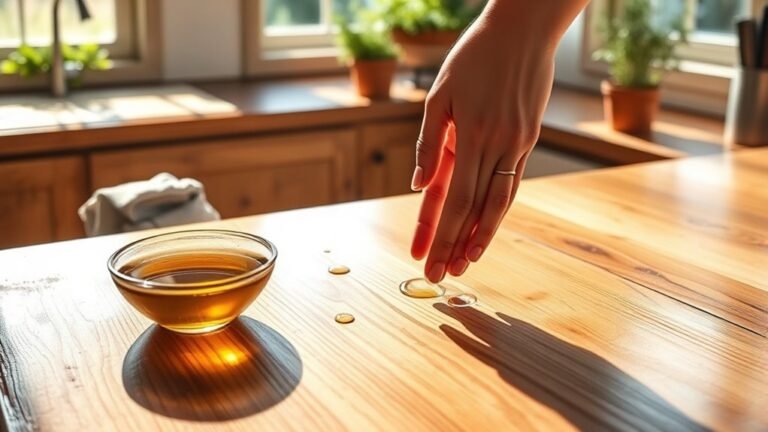Deep Cleaning Checklist for Wood
To deep clean your wood, first identify its type and finish to choose safe products. Gather soft cloths, brushes, and mild, wood-specific cleaners. Start by removing dust with a microfiber cloth and soft brush. Use a gentle cleaning solution, testing it in a hidden spot, and clean stains carefully with baking soda paste or mild…




